Fall 2023 MNC: Up close and personal with differentiability and local linearity
TLDRIn this Monday Night Calculus session from October 2nd, 2023, Curtis Brown is joined by Steve Kokaska and Tom Dick to delve into the concepts of differentiability and local linearity. The session begins with a discussion on the strict definition of a derivative and alternate definitions, followed by an exploration of the graphical and analytical aspects of differentiability. The group uses technology, such as graphing calculators, to visualize and demonstrate the properties of functions, particularly focusing on the absolute value function and its implications for differentiability. The session also addresses common questions and challenges related to finding derivatives and the importance of understanding the domain of functions. The engaging and interactive format of the session aims to support both students and teachers in their calculus journey.
Takeaways
- 📘 The definition of the derivative of a function at a number 'a' was discussed, emphasizing the importance of the limit existing for differentiability.
- 📊 The geometric interpretation of differentiability was explained, noting that a function's graph appears smooth and has a tangent line at a differentiable point.
- 📈 The concept of local linearity was introduced, showing that the graph of a differentiable function closely resembles a straight line near the point of interest when zoomed in.
- 🌟 The session highlighted the use of technology, such as graphing calculators, to visualize and understand the concepts of differentiability and local linearity.
- 🔢 Examples of functions (e.g., absolute value, square root, and quadratic functions) were used to illustrate the concepts and to show where functions are differentiable and where they are not.
- 🤔 A discussion on the necessity of sign charts for determining local maxima and minima, and the importance of providing a clear justification for these points was presented.
- 📝 The process of finding the derivative of a function at a specific point was demonstrated, including the use of one-sided limits and direct substitution.
- 🏢 The session touched on the educational aspect of calculus, emphasizing the role of experience and problem-solving in understanding calculus concepts.
- 📅 Information about upcoming calculus and pre-calculus sessions was shared, encouraging teachers to participate for professional learning and development.
- 🎓 The importance of proper notation and understanding of calculus concepts, especially for AP exam purposes, was stressed throughout the session.
Q & A
What is the main topic of the calculus session on October 2nd, 2023?
-The main topic of the calculus session is differentiability and local linearity, with a focus on understanding the derivative of a function at a specific point and how it relates to the graph's smoothness and tangent lines.
What are the two definitions of a derivative mentioned in the transcript?
-The first definition is the limit of the difference quotient as h approaches zero, and the second is the alternate definition, which is the limit as x goes to a of (f(x) - f(a)) / (x - a).
How does the graph of a differentiable function at a point look like?
-The graph of a differentiable function at a point is smooth, meaning it has no sharp corners, cusps, or abrupt changes in direction. Zooming in on the graph at that point should make it appear as a straight line, indicating local linearity.
What demonstration did Tom perform using a graphing calculator?
-Tom used a TI-84 graphing calculator to illustrate the concept of local linearity by zooming in on the graph of a function and showing how it appears to be a straight line near a certain point, demonstrating the function's differentiability at that point.
What is the significance of the sine function in the transcript?
-The sine function was used as an example to show how a function's graph can appear different when zoomed in very closely, and how the function's local linearity can be observed through the use of technology.
What was the purpose of discussing the absolute value function and the function G(x) = √(x^2 + 0.01) - 0.01?
-The purpose was to compare two functions that look similar but have different differentiability properties. The absolute value function has a sharp corner at the origin, while function G appears to be smooth at the origin, illustrating the difference between having a derivative and not having one at a particular point.
How does the concept of local linearity relate to the derivative of a function?
-Local linearity refers to the property of a differentiable function where its graph looks like a straight line near a certain point. This straight line is the tangent line to the graph, and its slope represents the derivative of the function at that point.
What was the main point of the discussion about the function F(x) = x * |x|?
-The main point was to show how to rewrite the function without an absolute value and then determine the derivative at x=0. The function was found to be differentiable at zero with a derivative of zero, which was confirmed both graphically and analytically.
What is the significance of the tangent line equation y = -2x + 1?
-The equation y = -2x + 1 represents the tangent line to the graph of function f at the point (0, 1). It was derived by finding the point the function passes through and its derivative at x=0, and then using the point-slope form of a line to find the equation of the tangent line.
What was the main takeaway from the discussion about the three different functions with the same tangent line at x=0?
-The main takeaway is that although the three functions have different formulas, they all pass through the point (0, 1) and have the same slope at that point, which is -2. This results in the same equation for their tangent lines at x=0, but it does not imply that the functions are the same or that their tangent lines are the best approximation over a larger interval.
Outlines
📚 Introduction to Monday Night Calculus
The video begins with Curtis Brown introducing the Monday Night Calculus session on October 2nd, 2023. He expresses excitement for the attendees and introduces Steve Kokaska and Tom Dick, two calculus experts who will be sharing their knowledge. Curtis mentions that he did not do his homework and will be managing the chat during the session. The attendees are eager to start, with some mentioning their preference for the calculus session over watching the Manning brothers. Curtis also discusses the importance of differentiability and local linearity in calculus.
📈 Exploring Differentiability and Local Linearity
The session continues with a focus on differentiability and local linearity. The speaker explains the strict definition of the derivative of a function at a point and introduces the alternate definition involving a limit. The discussion includes the importance of experience in choosing the appropriate definition for finding the derivative function. The speaker emphasizes that a function is differentiable at a point if its graph is smooth, meaning there are no sharp corners or abrupt changes in direction. The concept of local linearity is introduced, explaining that a differentiable function's graph appears as a straight line near a certain point, making the tangent line a good approximation.
📊 Graphing Functions and Understanding Tangent Lines
The video segment involves a demonstration using a calculator to graph functions and understand the concept of tangent lines. Tom shares his screen and uses a TI-84 calculator to illustrate the graph of a function. Curtis and Tom discuss the appearance of the graph and how it can be identified as a straight line, specifically suggesting it might be y equals 1.3x. They discuss the importance of zooming in on the graph to understand the tangent line and the significance of differentiability. A trick for teachers is shared on how to use the Trace function without showing the expression on the screen.
🔢 Analyzing Functions and Their Domains
The discussion moves to analyzing two specific functions, f(x) as the absolute value of x and g(x) as the square root of (x squared + 0.01) minus 0.01. The domain of both functions is identified as all real numbers. The speaker instructs the audience to graph both functions and observe their similarities. A table of values for both functions is presented, highlighting the closeness of their values except for a difference of about 0.01. The speaker emphasizes the importance of understanding the symmetry of functions and how it affects the graph and values.
🧠 Delving into the Derivative of Function G
The focus shifts to finding the derivative of function G. The speaker explains the process of using the definition of a limit to find the derivative at zero. The calculation involves simplifying the expression and evaluating the limit to get the general derivative expression. The derivative of g at zero is found to be zero, indicating a tangent line with a slope of zero. The speaker emphasizes the importance of understanding the definition of the derivative and the ability to manipulate limits to find derivatives.
🔍 Examining Differentiability Through Graphs
The session continues with an examination of differentiability through the graphs of two functions. The speaker and Tom discuss the points at which the functions are not differentiable, noting the lack of continuity and the presence of sharp corners. They emphasize that for a function to be differentiable, it must be continuous. The speaker also discusses the importance of recognizing where a graph is differentiable and where it is not, which is a key skill for understanding calculus concepts.
📝 Working with Absolute Value Functions
The video segment involves working with functions involving absolute values. The speaker rewrites the function f(x) as x times the absolute value of x and analyzes its differentiability at zero. The derivative is found using the definition of the derivative and the properties of absolute values. The function is found to be differentiable at zero with a derivative of zero. The speaker also discusses the concept of piecewise-defined functions and their derivatives, emphasizing the importance of understanding the behavior of functions near zero.
🤔 Reflecting on Tangent Lines and Function Behavior
The speaker reflects on the relationship between tangent lines and the behavior of functions. They discuss the importance of understanding the slope of the tangent line and how it relates to the increasing and decreasing nature of the function. A question from the chat about the placement of the equality sign in the function's domain is addressed, highlighting the importance of clarity in mathematical notation. The speaker also introduces the concept of the sign function and its role in differentiating the behavior of the function based on the sign of the argument.
📊 Comparing Tangent Lines for Different Functions
The video concludes with a comparison of tangent lines for three different functions at the point where x equals zero. The speaker calculates the equation of the tangent line for each function and finds that they all have the same slope and pass through the point (0, 1). They discuss the importance of understanding the tangent line at a specific point versus the tangent function as a whole. The speaker and Tom use a graphing calculator to visualize the functions and their tangent lines, noting that all functions approach the tangent line as they get closer to the point of tangency. The session ends with a discussion on the best linear approximation for each function based on how closely they follow the tangent line over a range of x values.
📝 Addressing Complex Calculus Problems
The video addresses several complex calculus problems, including the volume of a solid of revolution and the identification of local maxima and minima. The speaker emphasizes the importance of proper notation when using integration by parts and the expectation that BC students be familiar with this concept. The video also discusses the use of sign charts for determining local maxima and minima, noting that while they are useful for organization, a written justification is required for the AP exam. The session concludes with a discussion on identifying and classifying points of discontinuity as removable or non-removable.
Mindmap
Keywords
💡Calculus
💡Derivative
💡Local Linearity
💡Tangent Line
💡Graphing Calculator
💡Sharp Corner
💡Differentiability
💡Function
💡Homework
💡Sign Chart
Highlights
Introduction to Monday night calculus session on October 2nd, 2023, led by Curtis Brown with Steve Kokaska and Tom Dick.
Discussion on differentiability and local linearity, emphasizing the strict definition of the derivative of a function at a number.
Illustration of the geometric interpretation of differentiability, explaining that a smooth graph indicates differentiability at a point.
Explanation of the alternate definition of a derivative, involving a limit as x approaches a.
Demonstration of the local linearity property of differentiable functions using a graphing calculator.
Analysis of the absolute value function and its domain, leading to a discussion on the square root function involving x squared.
Investigation of the domain of the function G, revealing that both f and g have a domain of all real numbers.
Graphical comparison of f(x) = |x| and g(x) = √(x^2 + 0.01) - 0.01, highlighting their similarities and differences.
Table of values for f and g showing their closeness, but difference at the origin due to the cusp in f(x).
Analytical approach to determine the non-existence of the derivative at the origin for f(x) due to the presence of a cusp.
Derivation of the general expression for the derivative of g(x) and its simplification to zero at x = 0, indicating a tangent line with zero slope.
Dynamic zooming on the graphs of f, g, and x^(2/3) to visually explore the concept of cusps and sharp corners in functions.
Discussion on the importance of recognizing where a function is differentiable and where it is not, using graphs as a visual aid.
Rewriting of the function F(x) = x * |x| into a piecewise function to simplify the analysis of its differentiability at x = 0.
Derivation of the piecewise derivative of F(x) and the discovery that F(x) is differentiable at x = 0 with a derivative of zero.
Presentation of a method to determine the points of discontinuity and classify them as removable or non-removable for a given function.
Explanation of the volume of a solid of revolution, emphasizing the need for proper integration by parts and handling of improper integrals.
Discussion on the use of sign charts for determining local maxima and minima, and the requirements for AP exam responses.
Conclusion and wrap-up of the session, including information on upcoming Monday night calculus and pre-calculus sessions.
Transcripts
Browse More Related Video
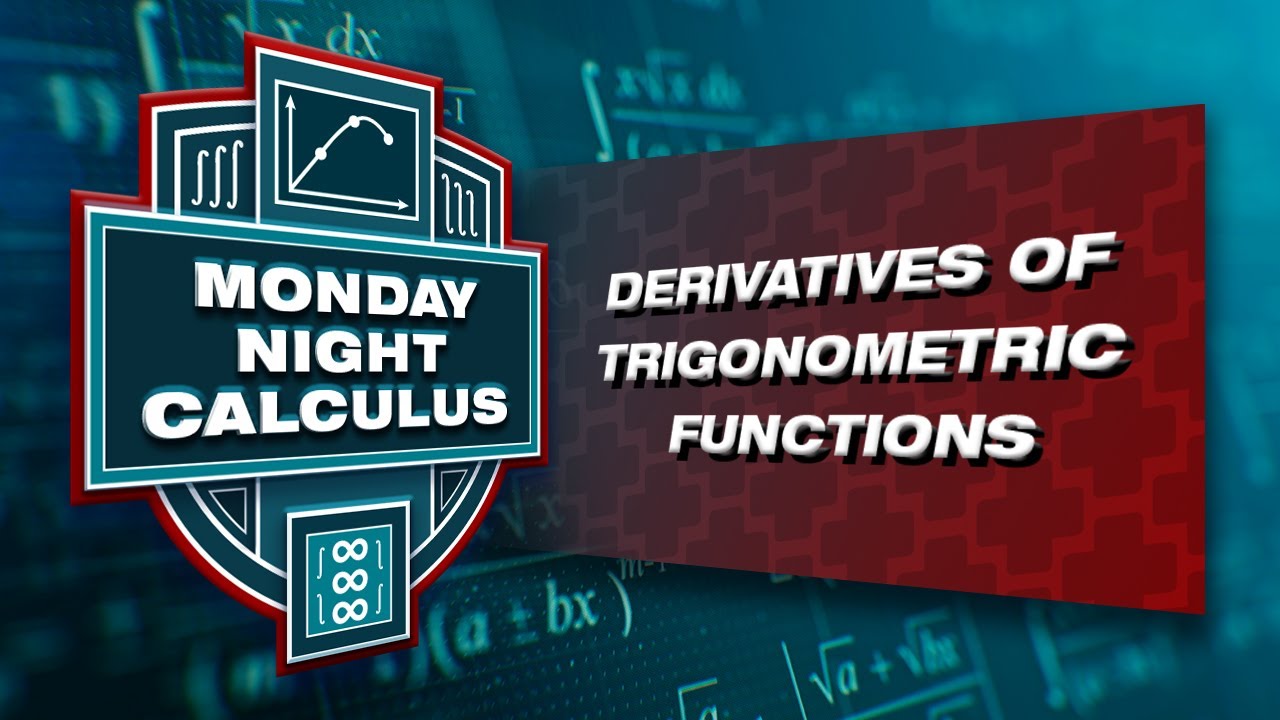
Monday Night Calculus: Derivatives of Trigonometric Functions
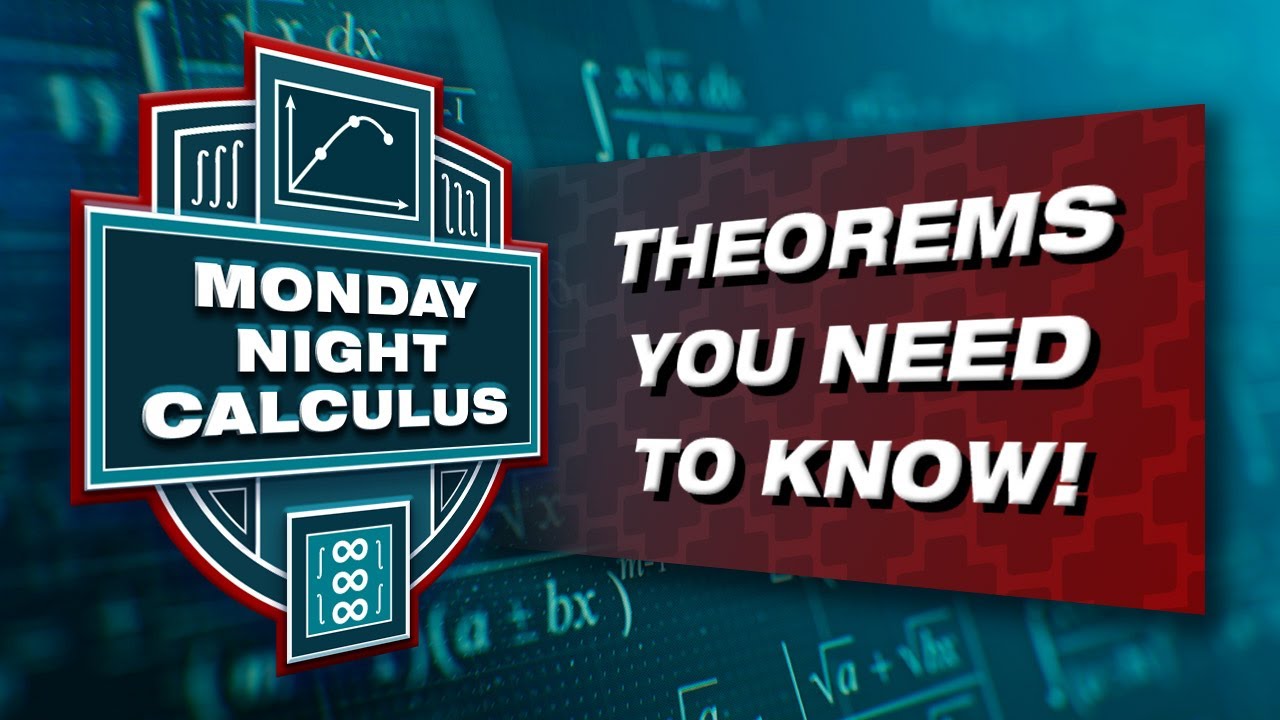
Fall 2023 MNC: Trick or treat - Some important theorems in differential calculus

Monday Night Calculus: Function Analysis With Graphical Stems
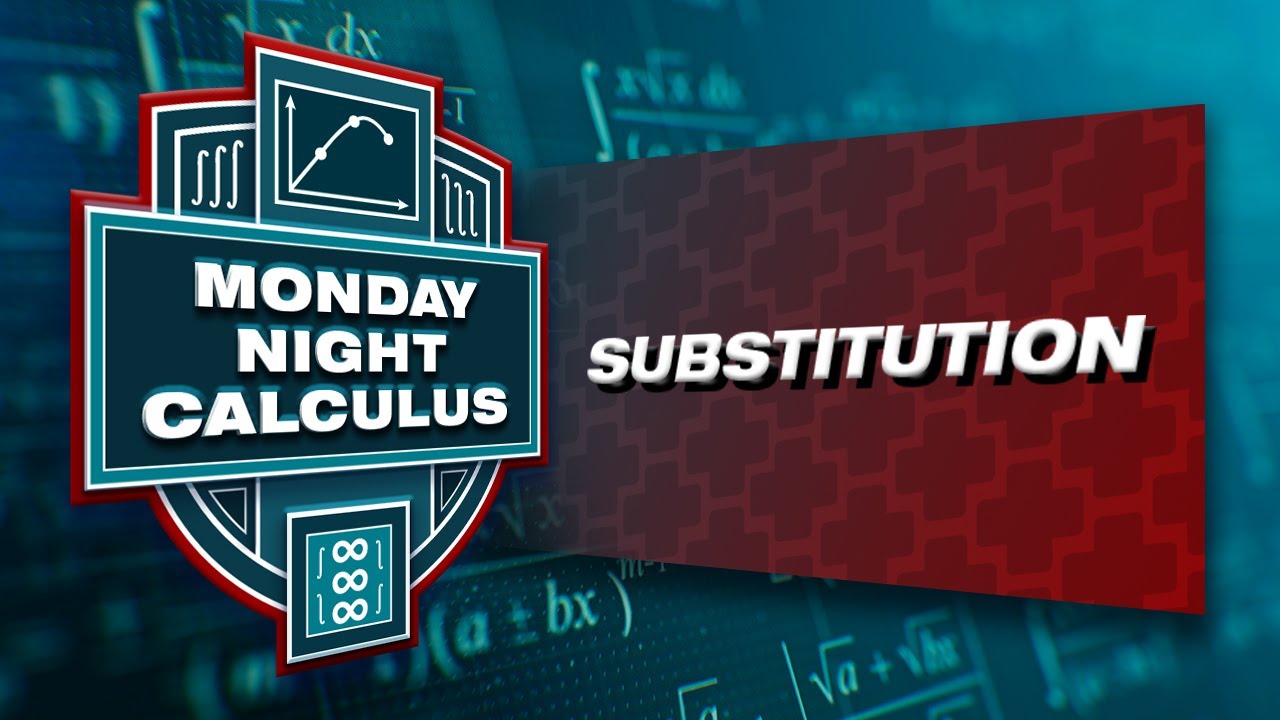
Monday Night Calculus: Substitution
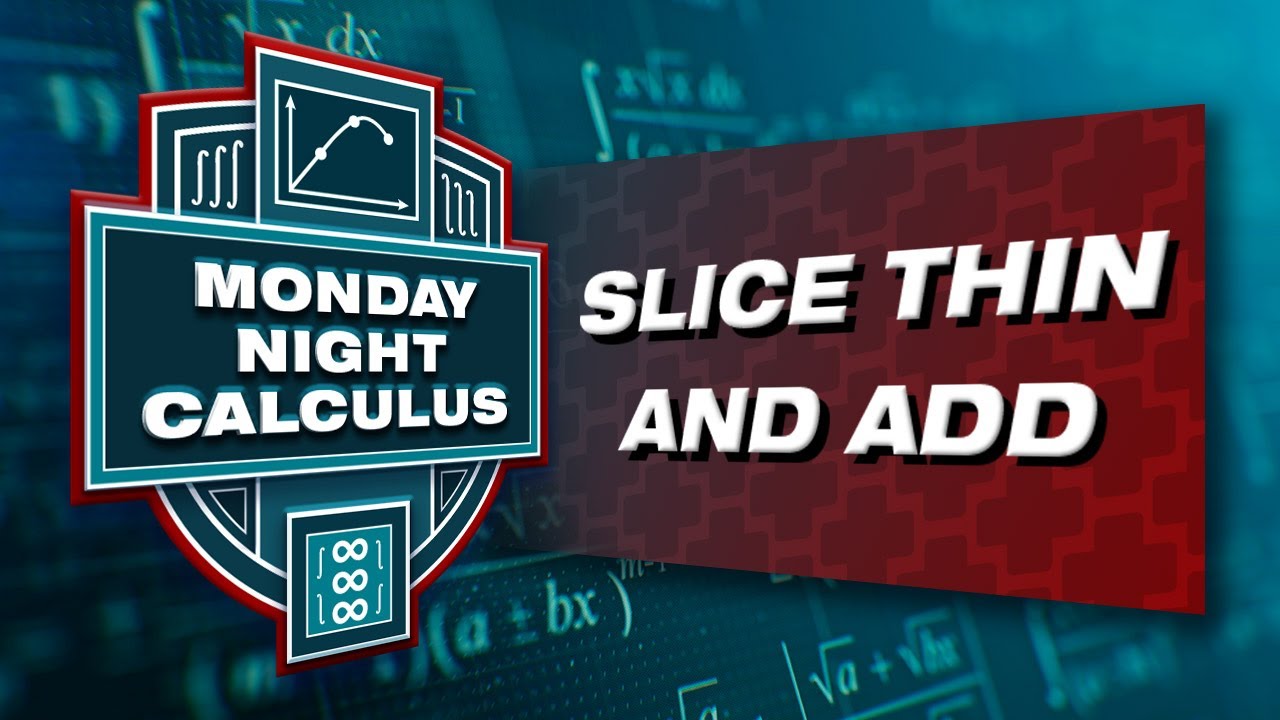
Fall 2023 MNC: Slice thin and add - Riemann sums and definite integrals
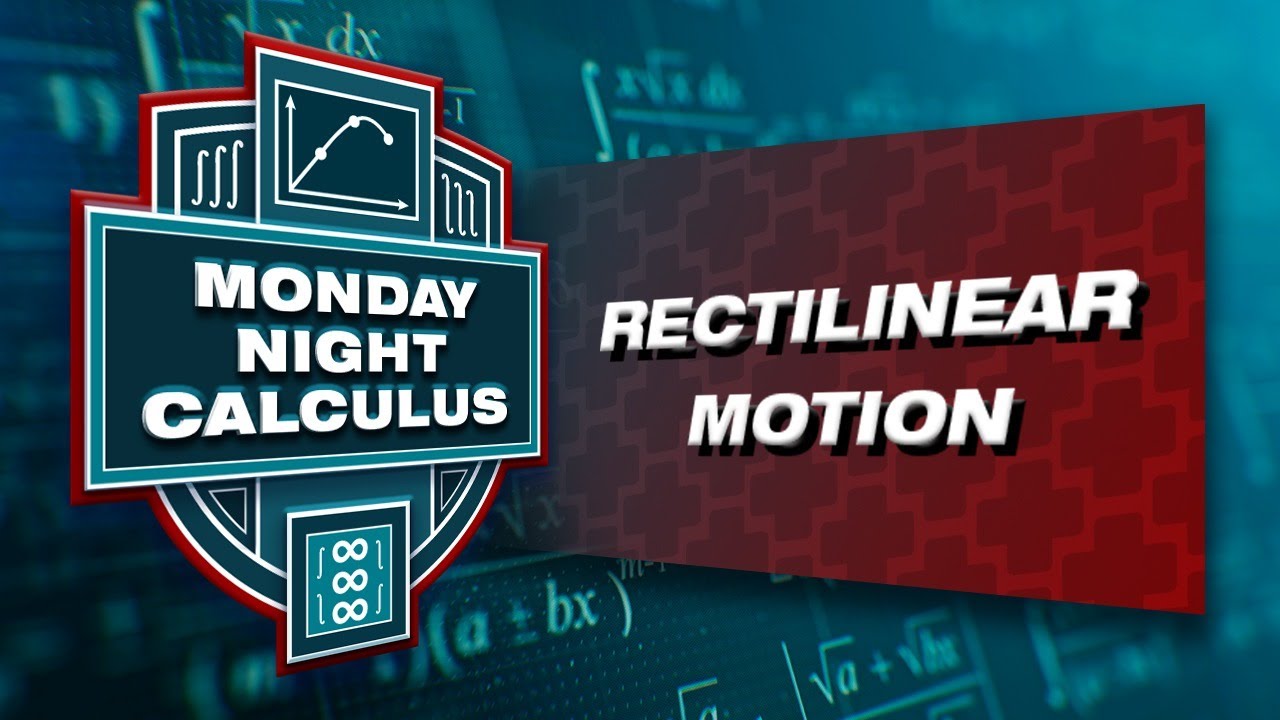
Monday Night Calculus: Rectilinear motion
5.0 / 5 (0 votes)
Thanks for rating: